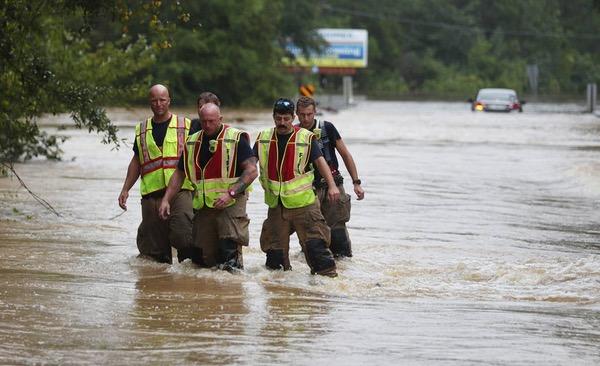This is something readers may want to consider. They hook up to your gas line, and kick in within a few seconds of a power loss. Depending on size, they may run your normal workload, or just essentials like furnaces, sump pumps, refrigerators, AC, medical equipment, etc.
(Your home audio and video gear may or may not qualify as essential.)

































































